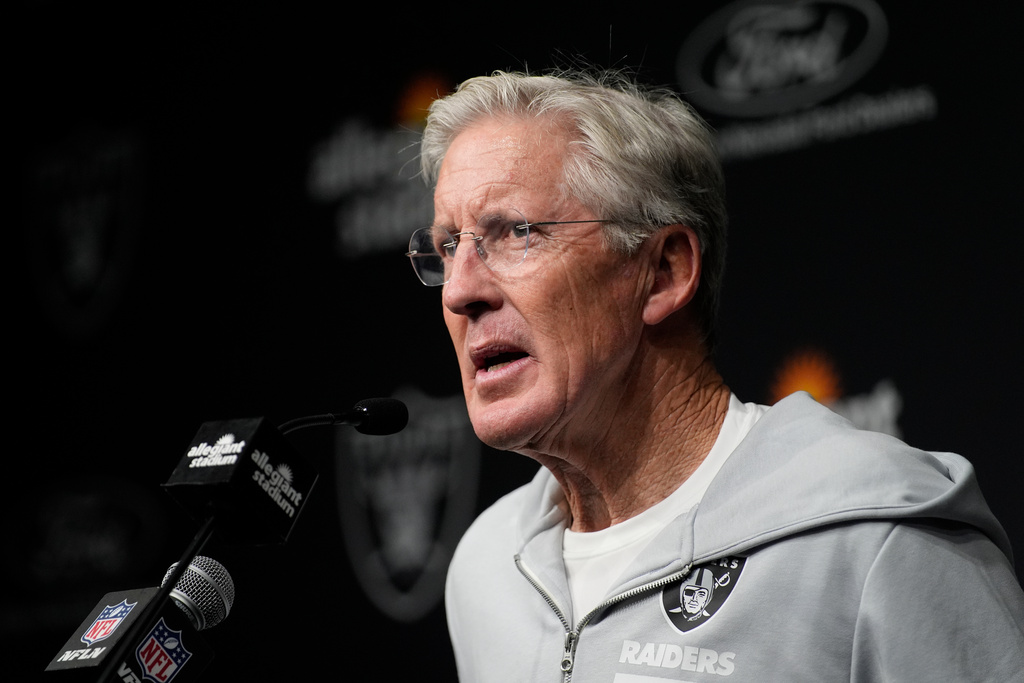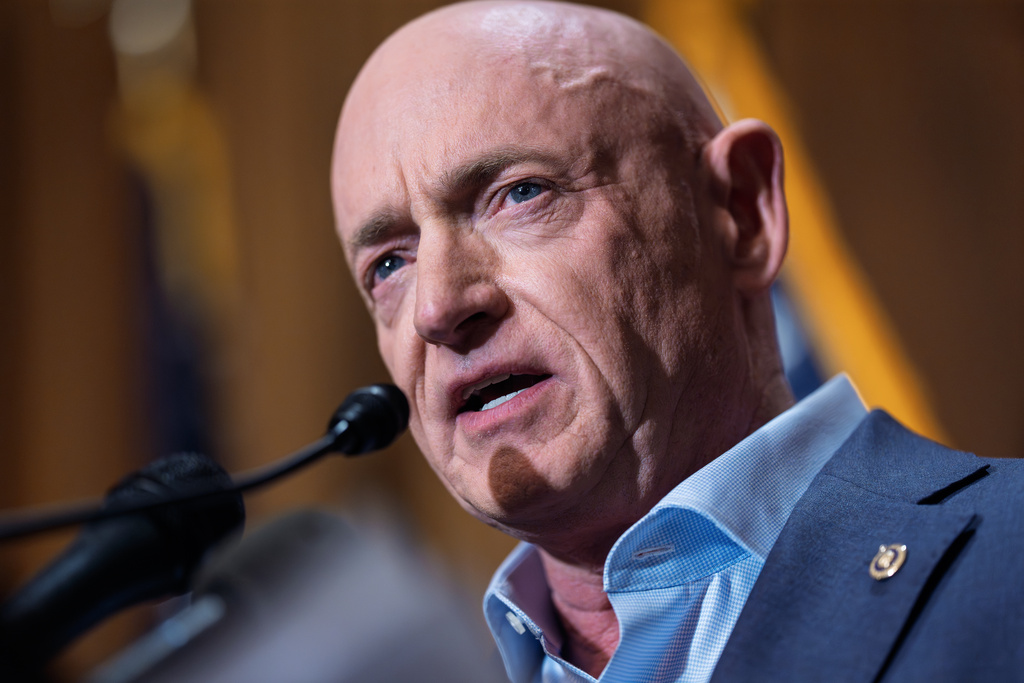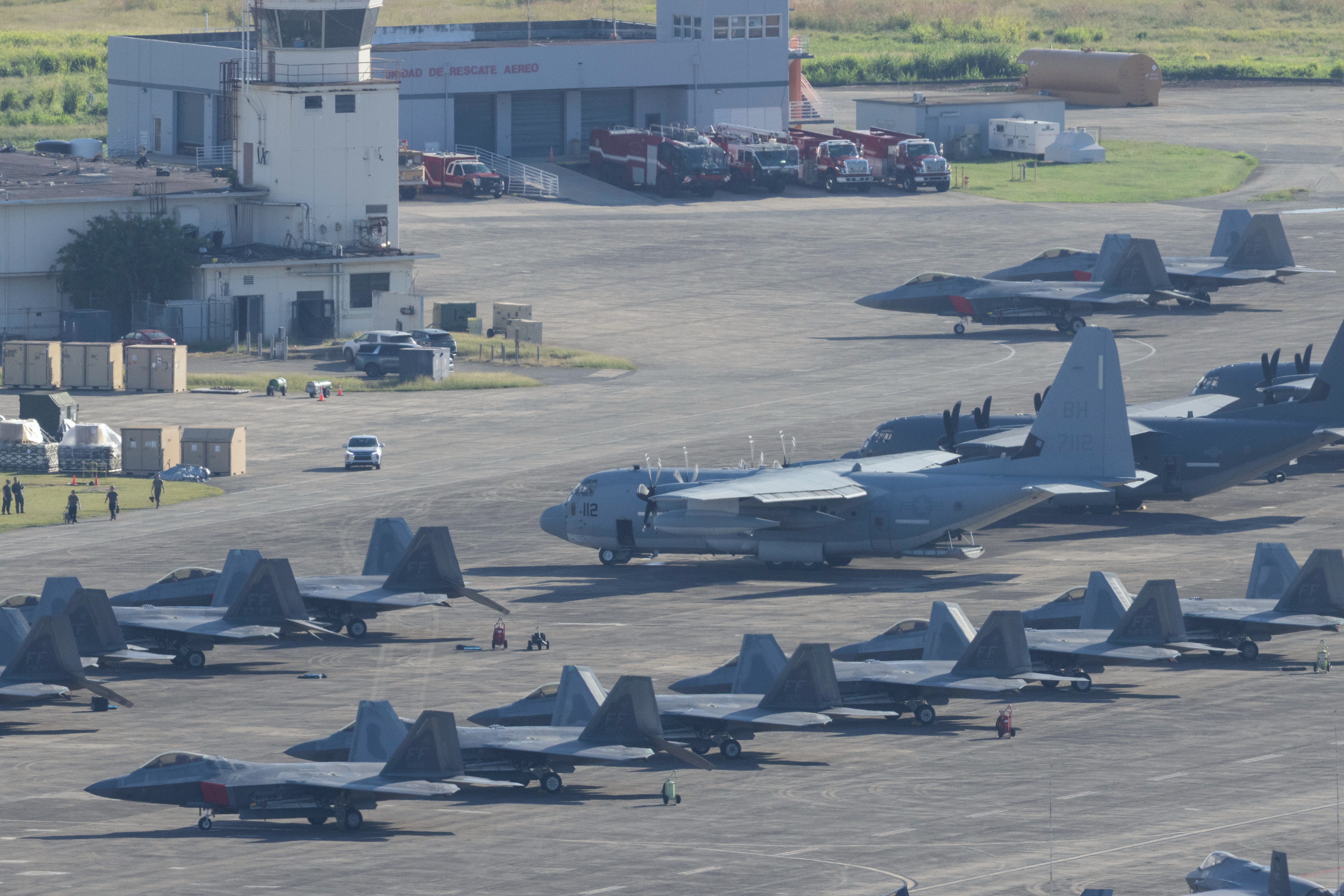If you went from "LOL" to "OMG" to "EEK," you might have laughed, gasped then grimaced — or you might have just traveled from Lovelock, Nevada to Omega airport in Namibia to Eek, Alaska.
Welcome to the wild world of airport codes. To understand how airports get their abbreviations, we need to know some other abbreviations first.
IATA, or the International Air Transport Association, is a trade association for airlines. The FAA is the Federal Aviation Administration and governs aviation in the U.S. And the ICAO is the International Civil Aviation Organization. It’s part of the United Nations and focuses on aviation regulations.
Ok, now some history. In the early days of commercial aviation, pilots used two-letter codes to identify destinations based on abbreviations the National Weather Service used: think NY for New York and LA for Los Angeles. But the aviation industry quickly outgrew the number of possible two-letter combinations. Eventually IATA came up with three-letter codes to solve this problem.
"The first choice is select an unassigned code using the first three letters, the location's name," said Perry Flint, the assistant director of corporate communications at IATA.
He told Scripps News that’s easier said than done because multiple cities start with the same three letters. Plus IATA has some other rules when creating an airport code.
"To avoid confusion. We don't want any airport within 200 nautical miles of another airport sharing the same code that could be confused," Flint said.

4 dead after planes collide in the air over Florida
Four people are dead after two planes were involved in a mid-flight collision over southern Florida on Tuesday.
So nearby airports don’t have the same first and second or second and third letters. That’s why we have DCA, LAD and BWI for airports that are all in the Washington, DC area.
IATA codes are typically in line with the FAA's, but there are exceptions.
Sometimes the discrepancy is due to the FAA’s no-fly letters.
Those include the letters "K" and "W" so people don’t get confused with local broadcast stations that use those for their call letters (just to make sure pilots don’t land at your local tv station) and the letter "N" is reserved for U.S. Naval airfields.
IATA only has codes for airports that service commercial flights. But there are more than 40,000 places to land a plane if you include smaller airports and landing strips. That’s where the ICAO comes in. It has four-letter codes to keep track of more of these spots and it categories each by region. All U.S. airports start with "K" followed by three other letters. All airports in northern Europe start with "E" then three letters.
While ICAO codes cover more ground, the codes you see on airport travel boards baggage and marketing are the IATA codes.
Some of these make sense: think DEN for Denver’s airport and AMS for Amsterdam’s airport.
IATA uses MSP for the airport that services Minneapolis and Saint Paul, Minnesota and DFW for the airport in the Dallas-Fort Worth area of Texas.
IATA added an "X" to the original two-letter weather service code for airports in Los Angeles, Phoenix and Portland, Oregon to give us LAX, PHX and PDX.
But some codes aren’t as easy to figure out. New Orleans uses the code MSY for Moisant stock yards. The airport was originally called Moisant Fields, named after John Moisant — an American aviation pioneer who died in a crash in New Orleans. And the code for northwest Florida beaches international airport is ECP. Officials wanted it to be TFB for "the Florida beaches," but that was already assigned to a small airport in New Guinea.
ECP was available and someone allegedly joked it could stand for "everyone could party" — and the name stuck.
A wild world of airport codes, indeed.











